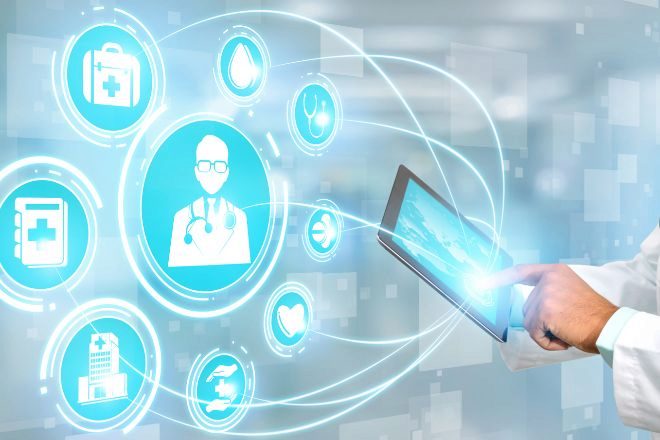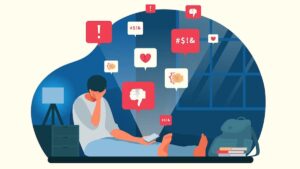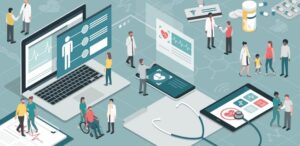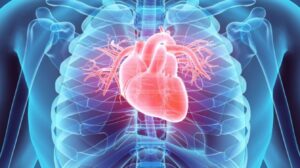IoT – Internet of Things for Healthcare

Thanks to the Internet, many of life’s tasks have been simplified. People’s daily life and work have been impacted by the evolution of the Internet. The Internet allows machines to be in charge of carrying out heavier and more complex tasks in an efficient way for humans to increase their quality of life. IoT or Internet of Things refers to a collective network of devices that are connected and the technology that facilitates communication between the devices and the cloud. Some everyday examples of IoT systems are: cars, homes, buildings, and even cities!
IoT in medicine involves medical devices that are able to communicate via the Internet in order to transfer patient information. Thanks to the Internet, medicine transforms many healthcare processes such as research, care, manufacturing, among others. IoT in medicine has many applications including: telemedicine, which is responsible for providing medical services and healthcare remotely without the need for presence, drones – responsible for delivering medical supplies and products faster, augmented reality to improve patient safety, accurate diagnoses and simulations, and in different areas of rehabilitation and artificial intelligence in conjunction with Big Data, which process a large amount of data to convert the information into a valid for the system.
Some of the benefits of IoT in medicine are: providing information about a patient’s health in real time, reducing errors in diagnoses, personalized patient follow-up, correcting treatments more quickly, shortening waiting times and, above all, improving and optimizing the patient’s experience. At the hospital level in general, the Internet makes it possible to track inventories or locations in real time, whether of healthcare personnel or medications, so that they can be quickly located. A case example of this tool is Patient Throughput Management . Through the RTLS (Real Time Location System) tracking system, the patient enters a system, with a bracelet, which allows all his movements, pre, post and during the operation to be tracked. What does this mean? It means that you will always know where the person is in real time. This speeds up the stay of patients in the rooms, and in turn is very useful for doctors to find them more easily and to be able to track more than one patient at a time.
The years will continue to pass and, undoubtedly, our lives will be made easier thanks to the Internet. Without it, many of the functions that we consider everyday nowadays could be possible, for example, having our cell phones as a tool for everything. The medical field will benefit greatly because many processes are being streamlined.




